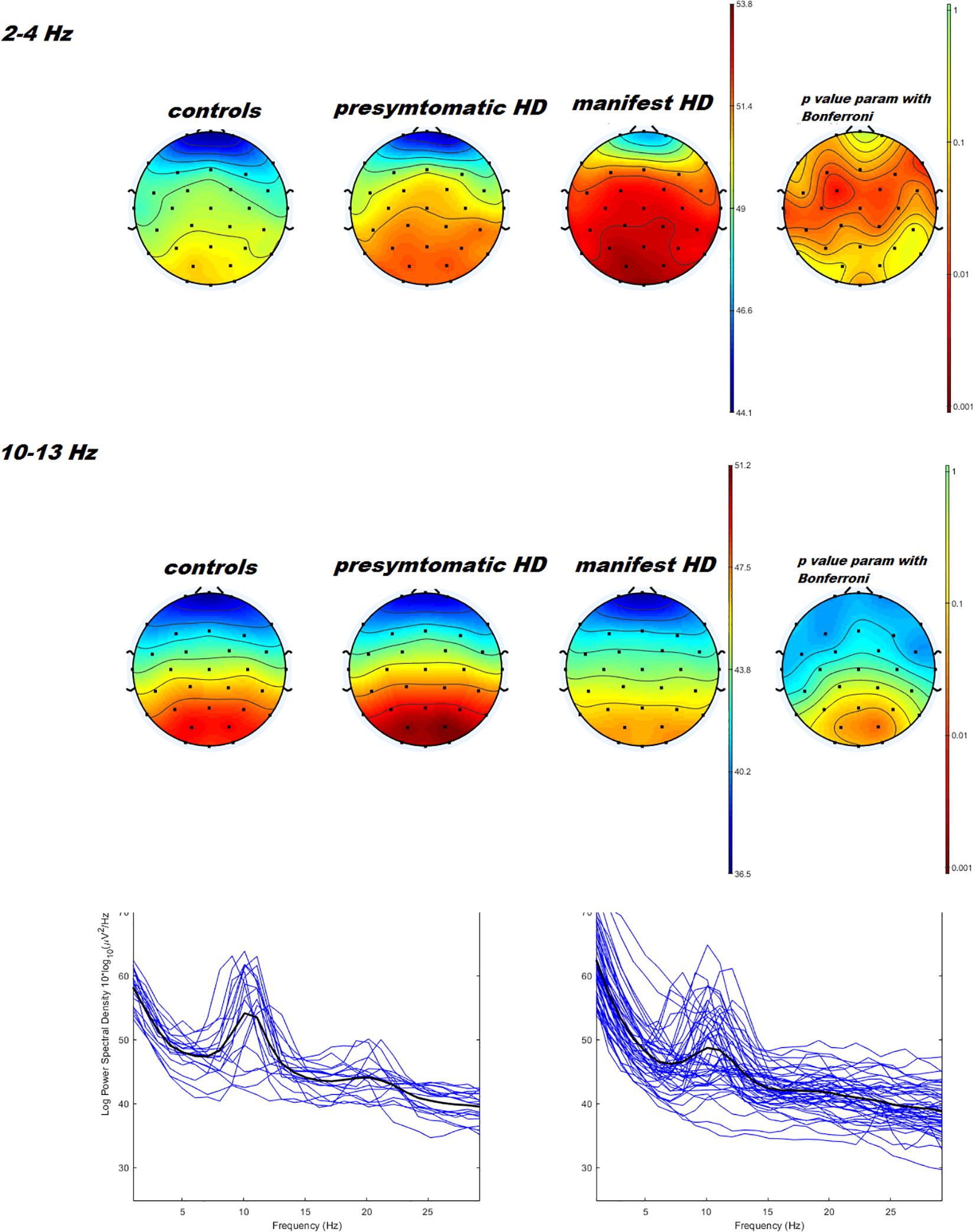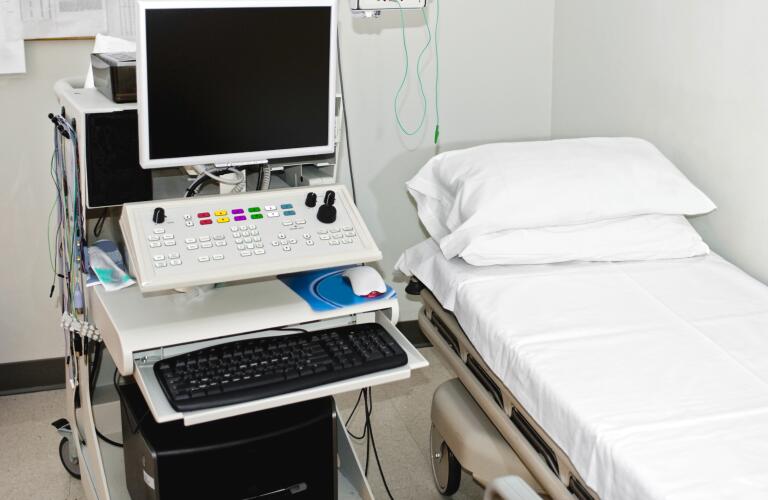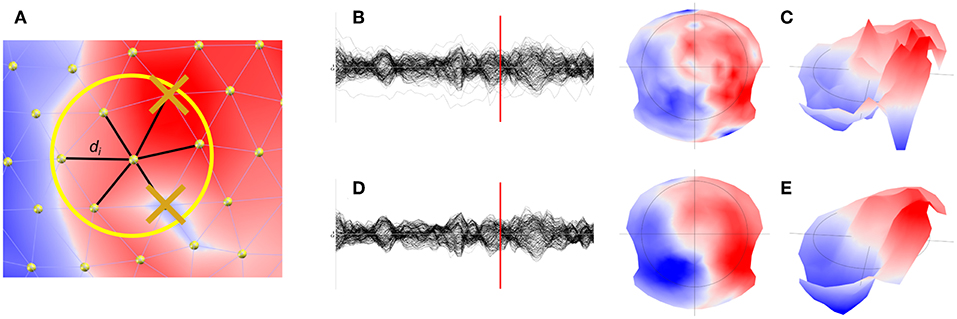

But these tests, alongside other information, might help the specialist to decide if epilepsy is a likely cause of the seizures. Two of these tests are the electroencephalogram (EEG) and MRI.īefore we look at EEG in detail, we need to understand that neither of the tests will say for certain whether the person has epilepsy or not.

When someone has had seizures, and it is thought that they might have epilepsy, there are various tests that their specialist might ask for. Brexit contingency plans for epilepsy medication.Sudden Unexpected Death in Epilepsy (SUDEP).
#10 CONDITIONS DIAGNOSED WITH AN EEG FREE#
If you’ve suffered from a brain injury or have other neurological symptoms, contact us today for a free consultation and we’ll help you get your mind right. We hope you enjoyed reading this article and that you learned the differences between an EEG and an MRI. The sooner you address the issue, the sooner you can get back to living your life again! When something isn’t working in your brain, it makes life difficult in frustrating and unexpected ways. If you feel uncomfortable with your doctor, don’t shy away from getting a second opinion!

Your doctor should explain what tests they think you need and the results from those tests. Don’t Let Brain Issues Weigh Heavy on Your Mind It’s more expensive and harder to do an MRI test so it’s used only if the doctor thinks there’s an abnormal growth. This structural information is often used to determine how certain brain areas compare with other normal brains to look for abnormal structures like a tumor.Īn MRI won’t show any brain activity though, so many doctors will recommend other brain imaging methods first. What Is an MRI?Īn MRI (or magnetic resonance imaging) gives doctors a map of the brain structures. Any abnormal activity lights up like the 4th of July during this test. What Is an EEG?Īn EEG (or electroencephalography) test looks at the electrical activity in the brain by placing little electrodes on the scalp. This test tells the doctor how active the brain is during different activities. Doctors can use brain imaging to find these injuries and decide if you need treatment or if treatment is even possible.

This happens when the blood vessels get blocked, which restricts blood flow to the brain.Īlso on that list is a traumatic brain injury. Even if the blow to your head doesn’t break the skin, the brain can suffer enough damage to impair its function. The most common brain condition that leads to permanent disability in adults is ischemic stroke. Reasons a Doctor Would Recommend Tests for Your BrainĪ complex organ like the brain can have any number of problems, even without injury. The Brain Foundation lists infections, autoimmune disease, seizures, and dementia among the most common neurological conditions doctors see. Keep reading to learn the difference between an EEG and an MRI and how they help doctors understand your brain better. But, they have to get a good look at your brain and how it works. Sometimes, doctors can intervene and remedy some of these brain disorders. That’s why we take so much care to protect our heads from injury.īut, what happens when the brain doesn’t work the way it’s supposed to? The United Nations reported that about 1 in 6 people on earth today have some kind of neurological disorder! Your brain works in wonderful and mysterious ways allowing you to walk, talk, and do everything that a human can do.


 0 kommentar(er)
0 kommentar(er)
